All videos have English subtitles.
The Campus Groenenborger library is more than just a library. Of course, you will find everything you would expect at a library: books, quiet study spots, computers, places for group work, etc. But there is much more. How about 3D printing, laser cutting or vinyl cutting? All of this is possible in BibLab, a small makers’ lab.
The Campus Groenenborger library was given a total makeover over a year ago. It underwent extensive renovation and was expanded to become a modern, dynamic library with room for studying, cooperation and co-creation.
This renovation was urgently needed, says Jennifer Van den Avijle, head of department for Reader Services at the Campus Groenenborger and Drie Eiken libraries. ‘The library at Campus Groenenborger definitely no longer met the requirements of a modern, state-of-the-art library.’
‘The infrastructure was run-down: windows could no longer be opened or closed, the furniture was old and worn out, there were not enough sockets for laptops and computers, and the floor coverings showed signs of decades of wear everywhere. Over the years, the student population also grew, which led to a greater demand for places for group work and better separation from the quiet spots.’

UAntwerp immediately took advantage of these renovations to go a step further and integrate a makerspace. Veronique Rega, domain coordinator – head of service of the University Library, got inspiration for this during a study trip to Denmark. In the University of Antwerp Magazine – issue 37 she explains how BibLab came to be.
Meanwhile, we are about a year further and both students and lecturers can easily find their way to BibLab. ‘During the academic year, there are peak times when both 3D printers are reserved and print for a whole day’, says Jennifer Van den Avijle. ‘Students and lecturers come to us for personal projects, class assignments or to design, print or cut their own materials as part of their research.’
‘Never thought I would 3D print and laser cut’
The integration of BibLab was also quite a change for the library staff. ‘When I started here some thirteen to fourteen years ago, there was no 3D printing or laser cutting’, says Bram Renders. ‘But a very long planning phase preceded the renovation of the library and the creation of BibLab. So I had enough time to get used to the idea’, he laughs.
Bram and his colleagues did not follow any specific training to get to know all the new devices. ‘We have discovered a lot ourselves. When the makerspace idea started to take shape, we began looking at places where they already had such a makerspace. We went there to steal with our eyes; to see how they organise it, what they offer, how they supervise students, and we distilled our own method from that.’
‘When everything was installed here, for three days long we invited the people from FabLab Factory, which is a company specialised in creating makerspaces for education. They gave us some basic training in 3D printing and drawing, laser and vinyl cutting, and micro:bit. Afterwards, we got to know the devices through practice and, of course, worked out a safety plan together with the Health and Safety Department’, continues Bram. He and his colleagues also learn daily from the students and lecturers who have more experience with this kind of equipment.
For everyone
BibLab is accessible to everyone who’s part of UAntwerp: all students and members of staff from any faculty or department can get to know these new technologies in an accessible way. This is how we facilitate interaction between students and staff from different backgrounds.

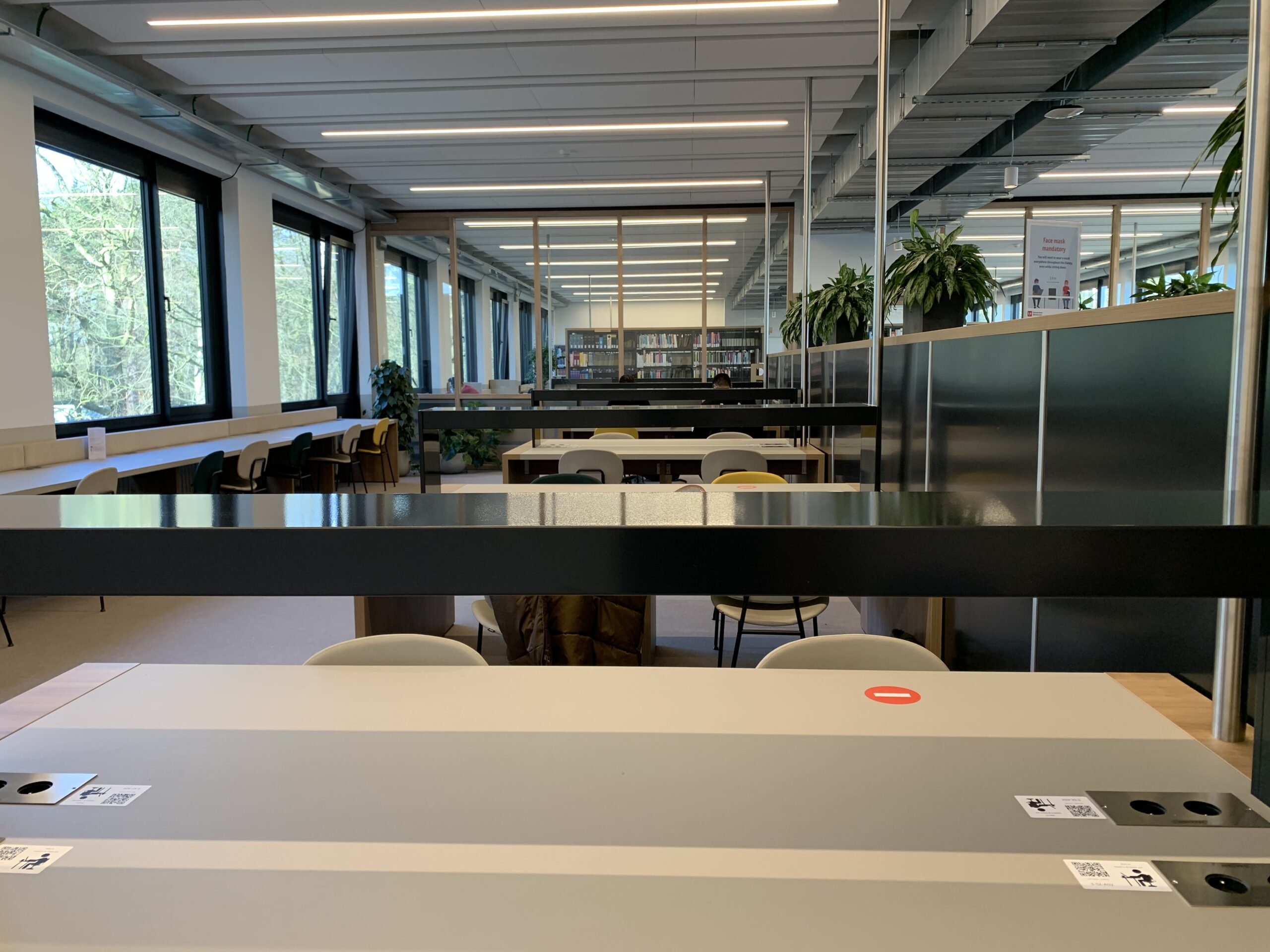
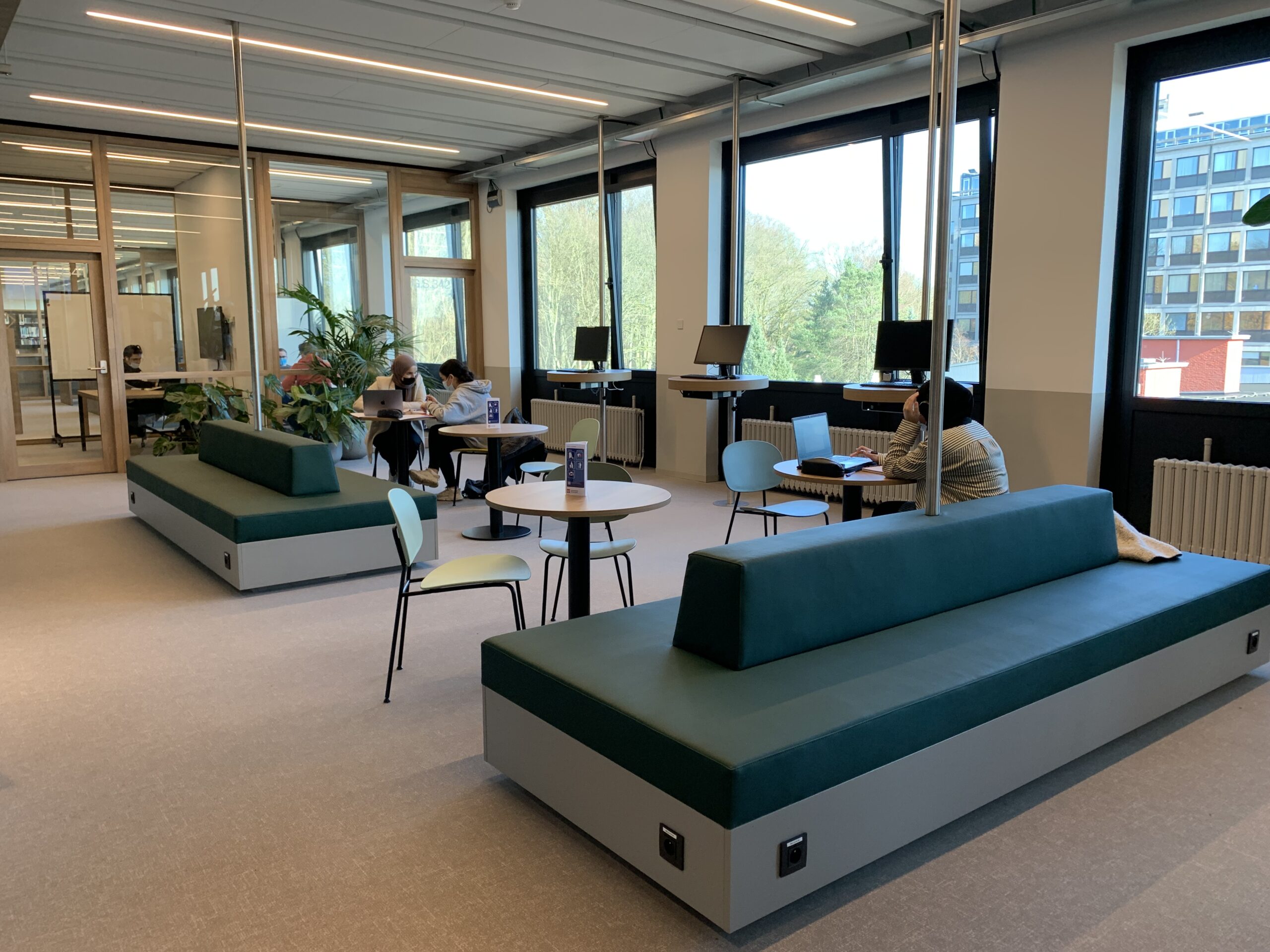
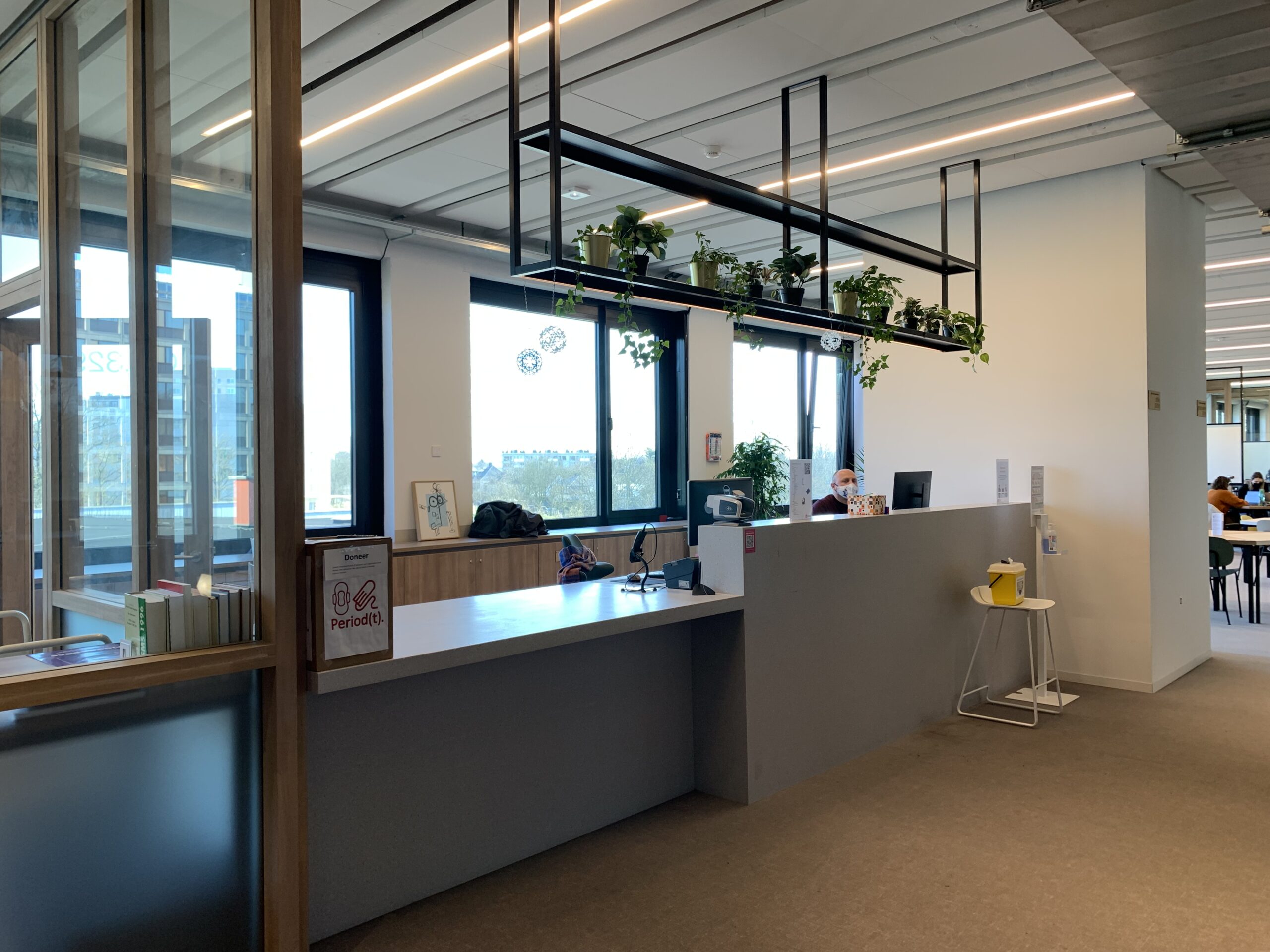
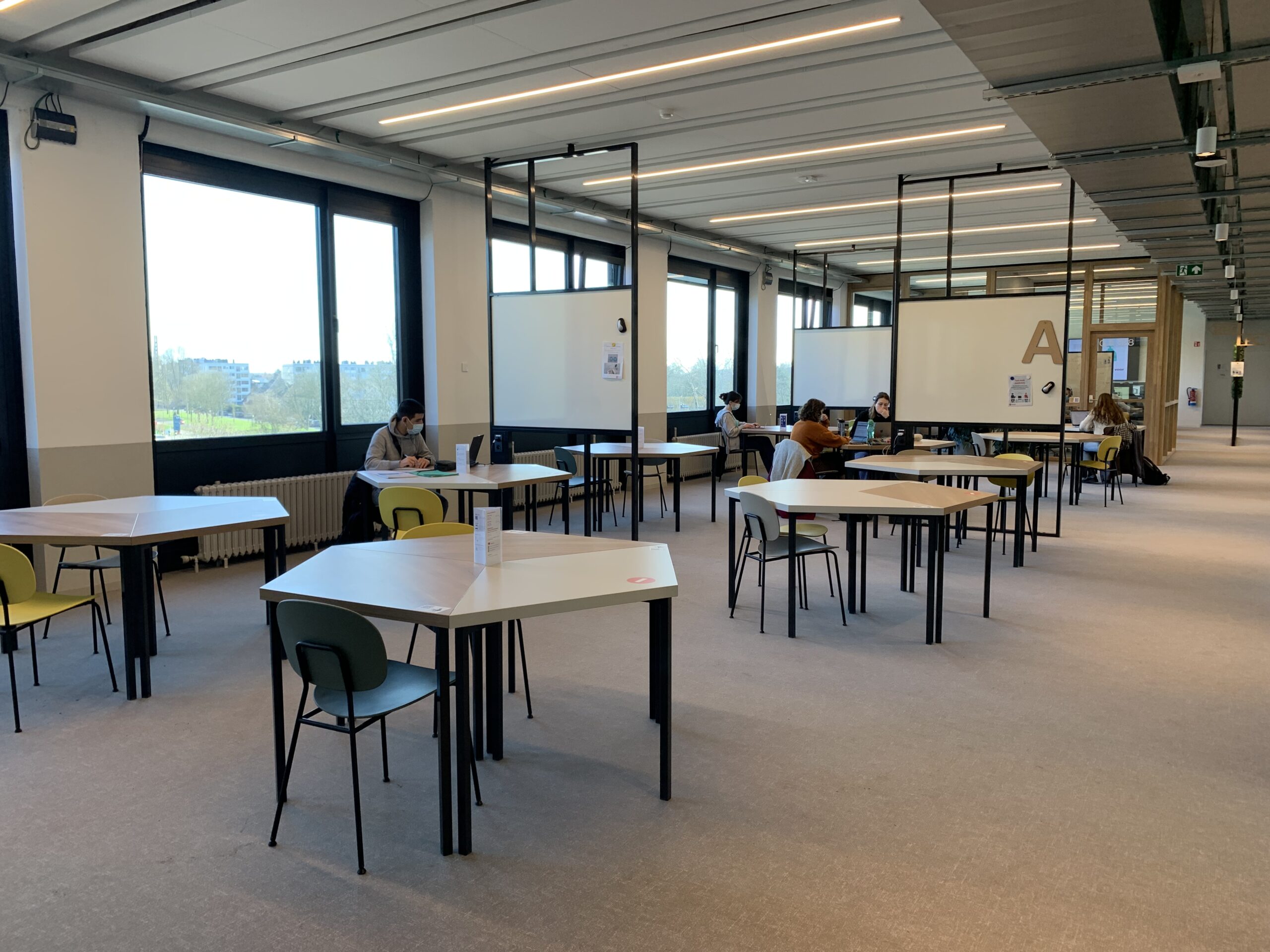
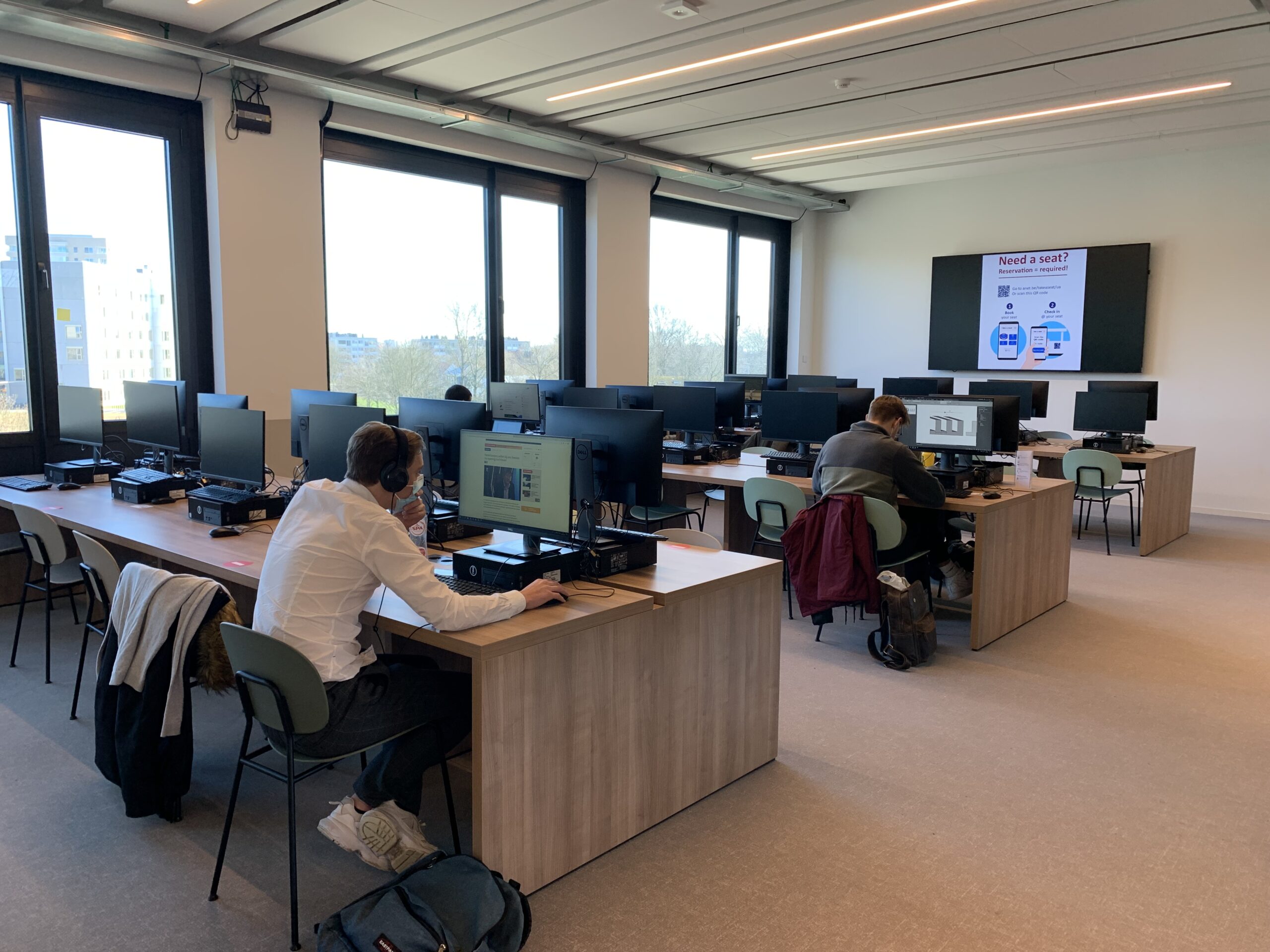
Anyone using BibLab for the first time must follow a short introduction. Afterwards, you are free to use the devices. Besides the general introductions and specific introductions, the library also organises three to four workshops per semester to get you started with design, 3D printing, laser or vinyl cutting.
Who knows what discoveries will be made in this makerspace?
More information on how BibLab works can be found on the library website.
Want to know more about the origins of makerspaces in general and their growing impact? Read the full dossier (in Dutch) that we published on this topic in the University of Antwerp Magazine.

